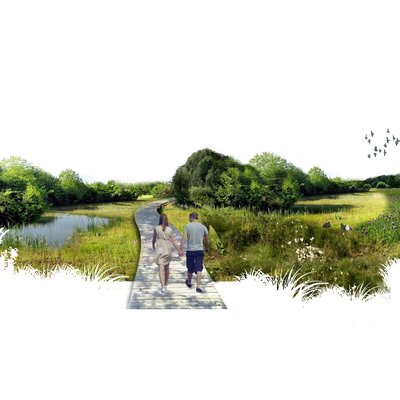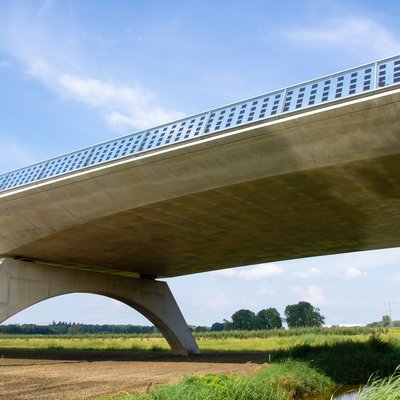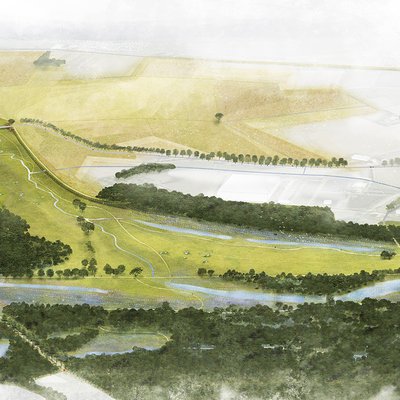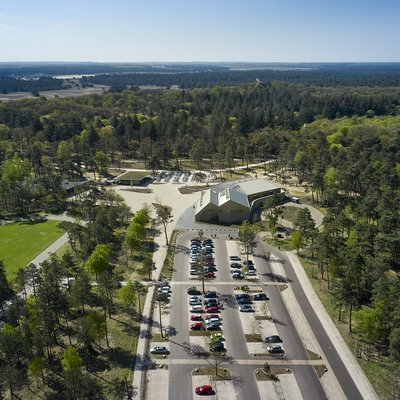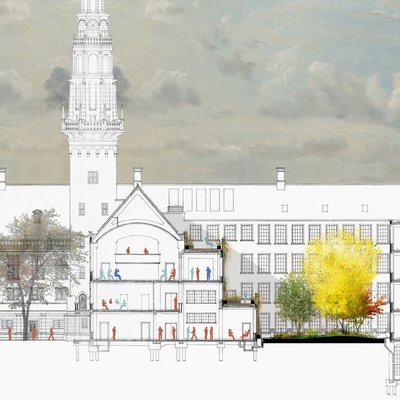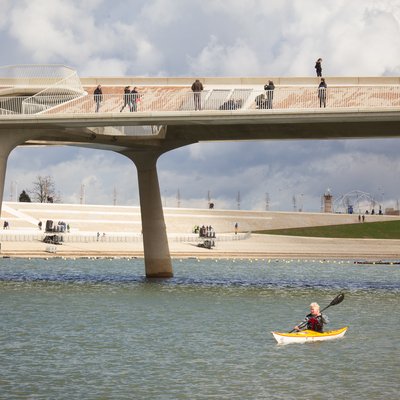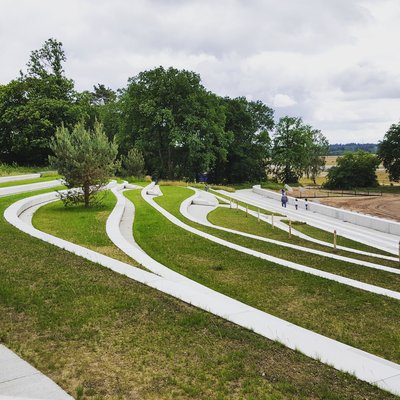Projecten
H+N+S Landschapsarchitecten is een bureau voor landschapsarchitectuur waar ruimtelijk ontwerp, visievorming en onderzoek hand in hand gaan. Het bureau maakt innovatieve plannen voor de inrichting en het gebruik van de buitenruimte op alle schaalniveaus.
H+N+S streeft naar eenvoudige, overtuigende én werkzame oplossingen voor de ingewikkelde vraagstukken van nu. Het bureau bouwt hierbij met gevoel voort op de landschappelijke ondergrond en de geschiedenis van de plek.
Nieuws
De Hooge Riet is bekroond met de NVTL Award 2024 in de categorie 'Uitgevoerd Tuinontwerp'.

H+N+SLandschapsarchitecten
Contact
+31 (0)33 4328036
mail@hnsland.nl
Bezoekadres
Soesterweg 300
3812 BH
Amersfoort
Postadres
Postbus 1603
3800 BP
Amersfoort
Deze cookies zijn noodzakelijk voor het correct functioneren van de website. Let op, deze cookies kun je niet uitzetten.
Dit maakt het mogelijk om inhoud van websites van derden, zoals YouTube en Vimeo, in te sluiten. Als u dit uitschakelt, kan een deel van de functionaliteit van de website worden uitgeschakeld.
Dit stelt ons in staat om de prestaties van onze websites te controleren en te verbeteren, evenals om anoniem analyses van gebruikerservaringen uit te voeren.
Dit stelt ons in staat om u relevante advertenties te tonen op websites van derden en apps, zoals Facebook en Instagram. We kunnen deze gegevens ook koppelen aan de verschillende apparaten die u gebruikt, evenals gegevens over de advertenties verwerken. Dit is om advertentieprestaties te meten en advertentiefacturering in te schakelen.
Het uitschakelen van bepaalde cookies kan ertoe leiden dat gerelateerde functionaliteit niet meer correct werkt. U kunt uw voorkeuren op elk moment wijzigen. Meer informatie
We gebruiken cookies om uw gebruikerservaring te verbeteren, uw voorkeuren te onthouden en u dienovereenkomstig relevante informatie te tonen. Door deze website te blijven gebruiken, accepteert u ons gebruik van cookies. Meer informatie Wijzig voorkeuren Cookies weigeren








